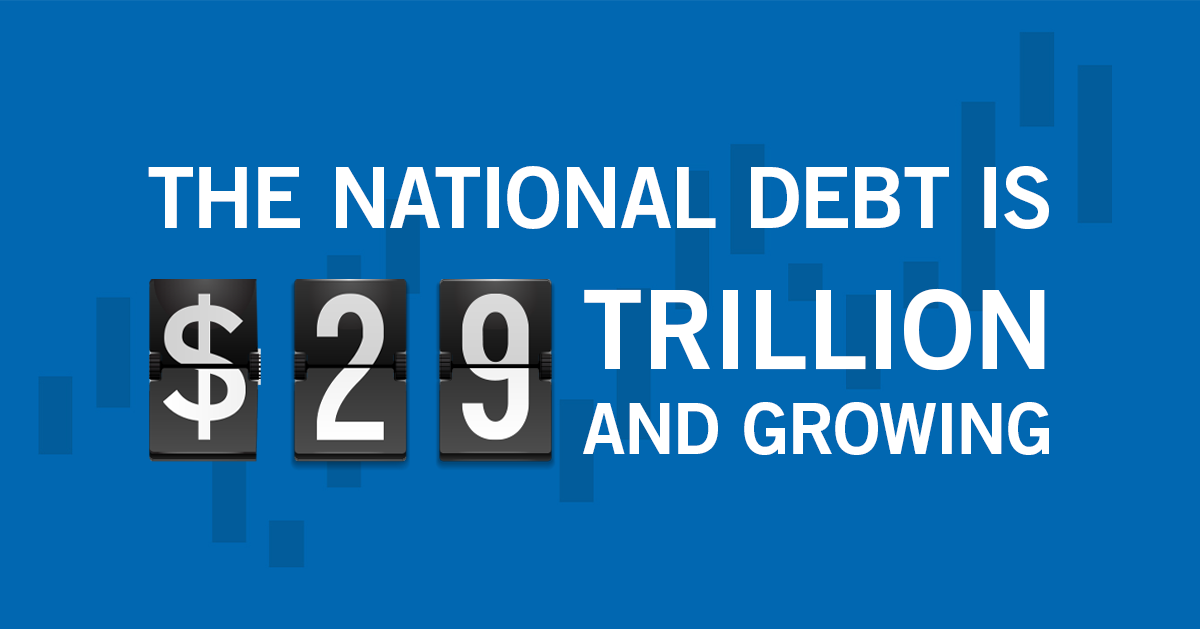

Once those measures are exhausted, the government would go bankrupt. If the debt ceiling is not raised, the Treasury must resort to alternative measures to raise funds. Inflation and legislation that expands government activities require the debt ceiling to be raised. The debt ceiling is stated as an amount rather than a percentage of GDP. Nonetheless, the structure that allows the Federal government to exclude the balance sheets of these two institutions from the Federal account prevents a total of $5 trillion from being regarded as US national debt.
#Us national debt clock mac
Estimated Amount in Conservatorshipĭespite being kept separate from government finances, the Committee for a Responsible Federal Budget estimates that the total cost to the nation of stabilizing Fannie Mae and Freddie Mac added $238 billion to the national debt. The White House Budget Director at the time ruled that the construct of a conservatorship kept the debts of these two institutions at arm’s length and not a part of government obligations. Financial Crisis Leads to Conservatorshipĭuring the 2008 financial crisis, both Fannie Mae and Freddie Mac approached bankruptcy caused by the collapse in payments from subprime mortgages which were underwritten by these two institutions.Īs a result, the US government took both institutions into “conservatorship,” which gave these debts a guarantee from the government. They each had independent credit ratings and raised funds on the market outside of the Treasury’s mechanisms. These two government-sponsored agencies were judged to be independent and their debts did not count as being owed by the nation. The Federal National Mortgage Association (known as Fannie Mae) and the Federal Home Loan Mortgage Corporation (known as Freddie Mac) are two mortgage financing institutions that are wholly owned by the US Federal government. The assets of this fund are Treasury bonds. This fund is held in trust and is called the Civil Service Retirement and Disability Fund (CSRDF).


Intragovernmental holdings include the nation’s obligations to pay pensions and disability benefits to ex-government employees. It is expected to reach 98% of GDP by 2030. According to the Congressional Budget Office, debt held by the US public is 79% of GDP ($16.8 trillion) at the end of 2019. Some sources count only the debt held by the public as the national debt. The IMF figure for the USA’s debt-to-GDP ratio of 131.2% includes both of these figures. The US national debt is subdivided into two sections:


 0 kommentar(er)
0 kommentar(er)
